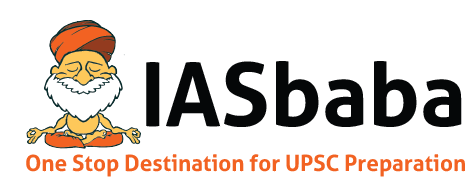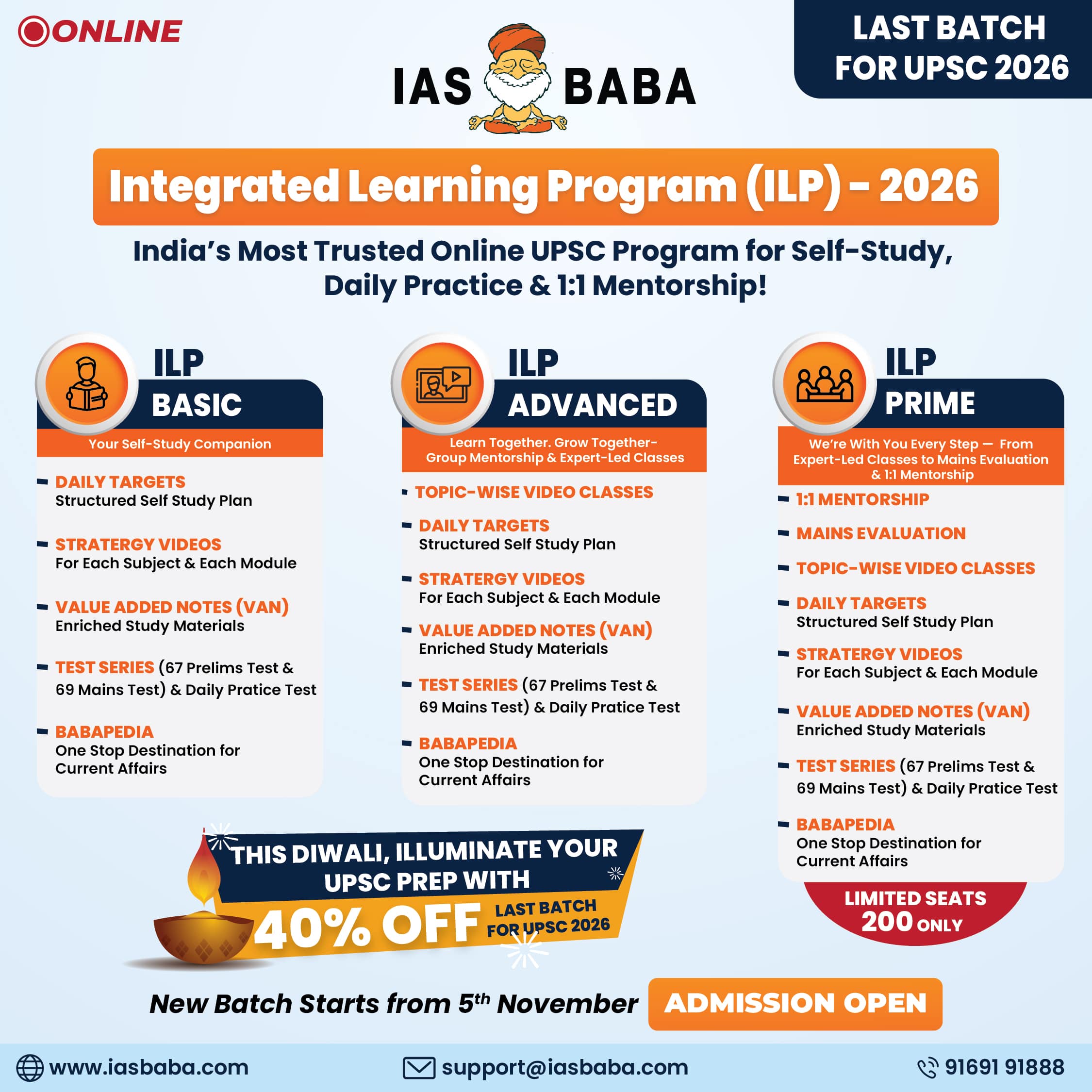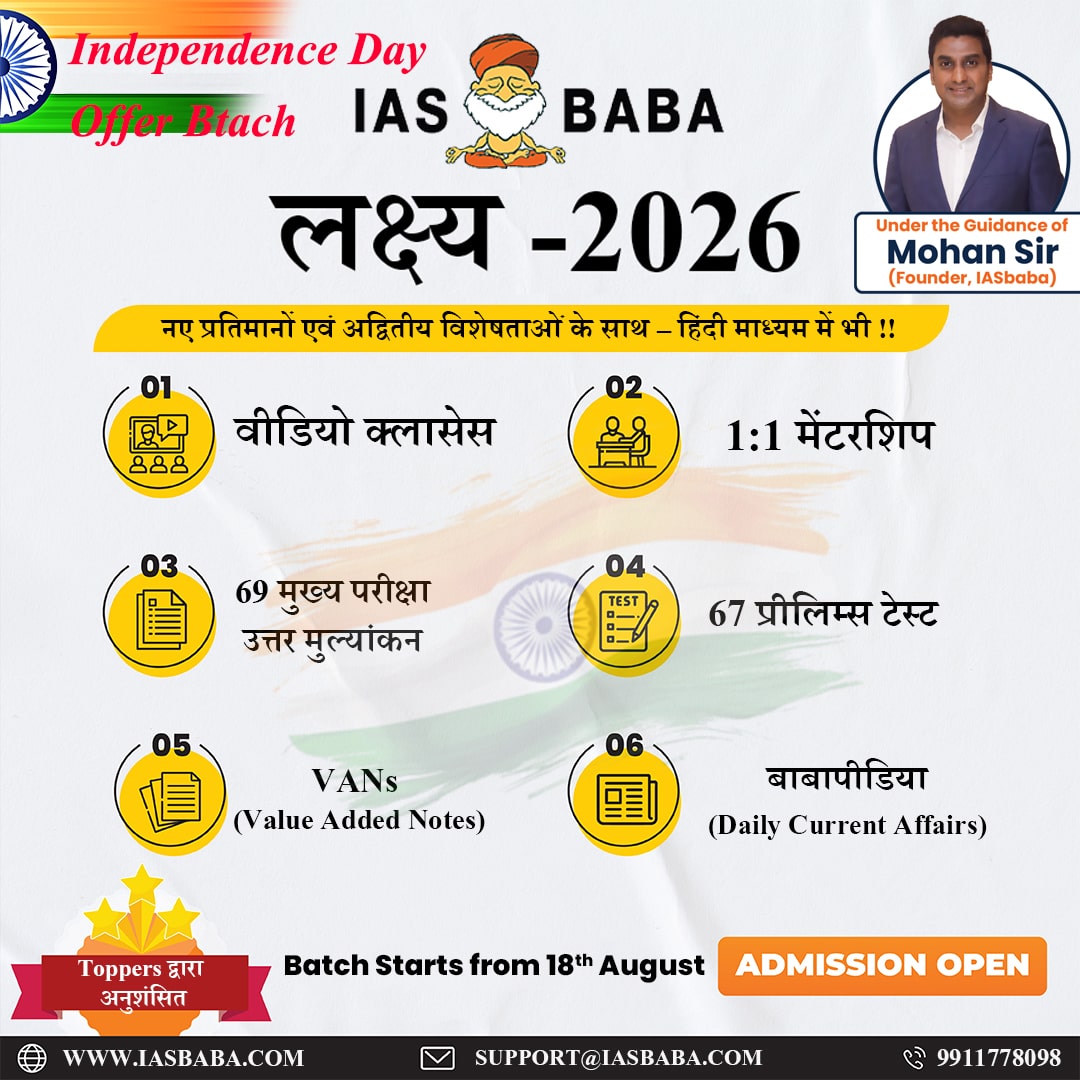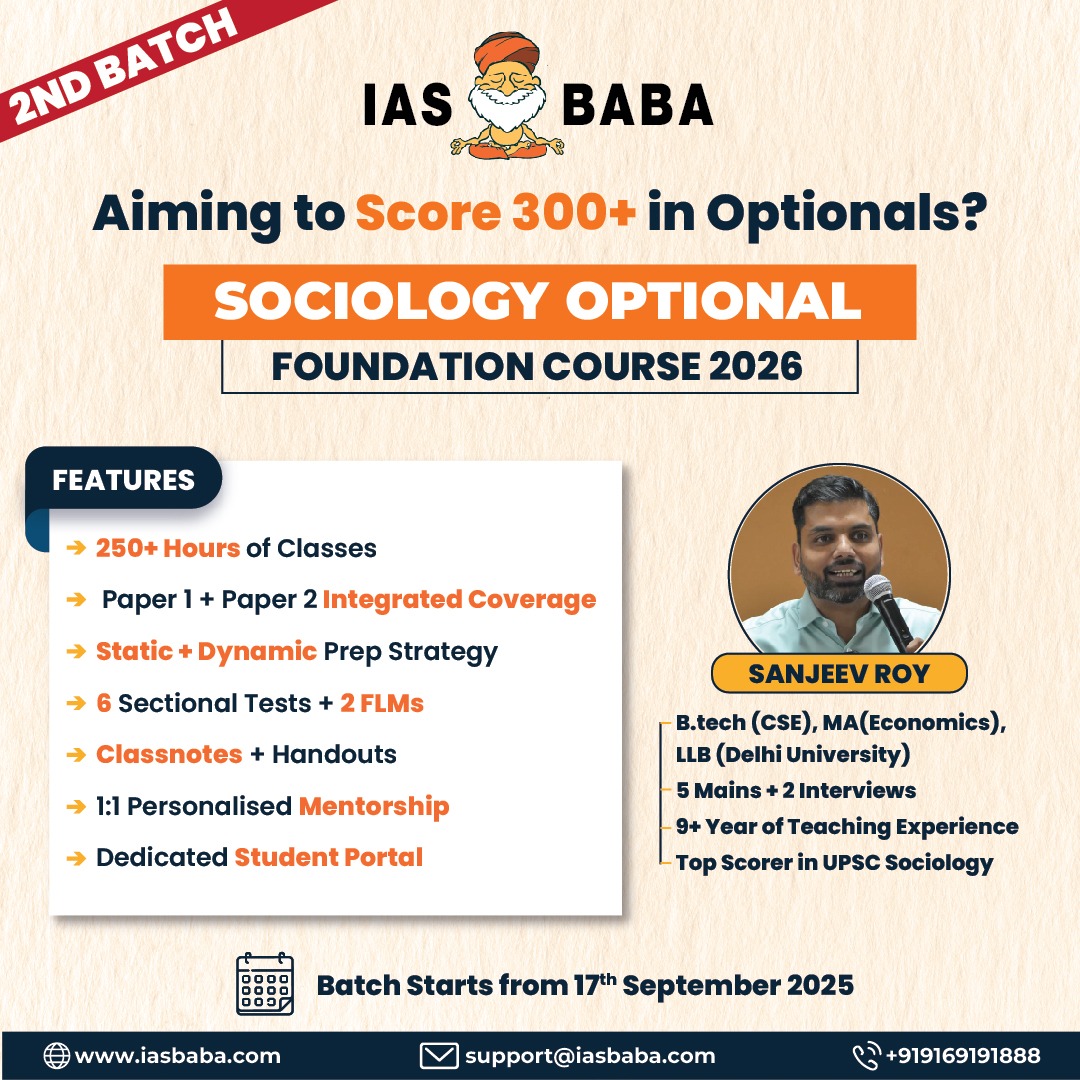Ethics Theory, TLP-UPSC Mains Answer Writing
Q.4. In the digital age, how do social media and internet platforms shape public attitudes, and what ethical challenges arise from their influence? Suggest measures to promote positive and responsible behaviour through these platforms. (150 words , 10 marks)
Introduction
In today’s digital world, social media shapes public thinking and behaviour. While it can inform and empower, it also spreads bias, misinformation, and unethical norms. As Lange said, “Technology is a useful servant but a dangerous master.”
Body
Influence of social media on Public Attitudes:
- Voice Amplification: Social media platforms give visibility to marginal voices, shaping discourse and mobilising collective action.
Example: The #MeToo movement empowered survivors and shifted social norms. 2. Echo Chambers: Algorithms feed users content they agree with, reinforcing biases and deepening polarisation.
Example: US political radicalisation has grown through isolated online communities. 3. Normalising Hate: Constant exposure to trolling and abuse makes unethical behaviour seem acceptable.
Example: Celebrities and activists are often targeted through coordinated hate campaigns.
- Consumerist Culture: Influencers promote aspirational lifestyles that distort youth values and self-worth.
Example: Many teenagers report anxiety linked to curated lives on Instagram.
Ethical Challenges:
- Fake News: Unverified content spreads rapidly, undermining truth and public trust. Example: COVID-19 rumours worsened panic and vaccine hesitancy.
- Anonymity: Hidden identities enable abuse and misinformation without accountability.
Example: Troll accounts incite communal hatred and personal attacks. 3. Data Misuse: Tech companies harvest personal data to influence choices, harming privacy and autonomy.
Example: The Cambridge Analytica case showed manipulation of electoral preferences.
Promoting Ethical Behaviour:
- Digital Literacy: Teaching critical thinking and empathy helps users navigate online spaces responsibly.
Example: UNESCO’s curriculum promotes safe and ethical digital participation.
IASBABA’S SANKALP/TLP DAILY ANSWER WRITING CHALLENGE DAY 2 SYNOPSIS
- Regulation: Stronger laws and moderation ensure accountability and ethical tech governance.
Example: India’s IT Rules (2021) hold platforms responsible for content and redressal. 3. Design Nudges: Ethical platform design can prompt reflection and prevent impulsive sharing.
Example: Twitter’s “read before retweet” feature encourages informed engagement. 4. Role Models: Ethical influencers can inspire responsible online conduct and civic values. Example: IAS Armstrong Pame uses social media to engage youth and serve communities.
Conclusion
Social media is not inherently good or bad — it reflects and amplifies what we feed into it. By aligning digital practices with ethical principles, we can harness it as a force for collective empathy, awareness, and informed citizenship.












